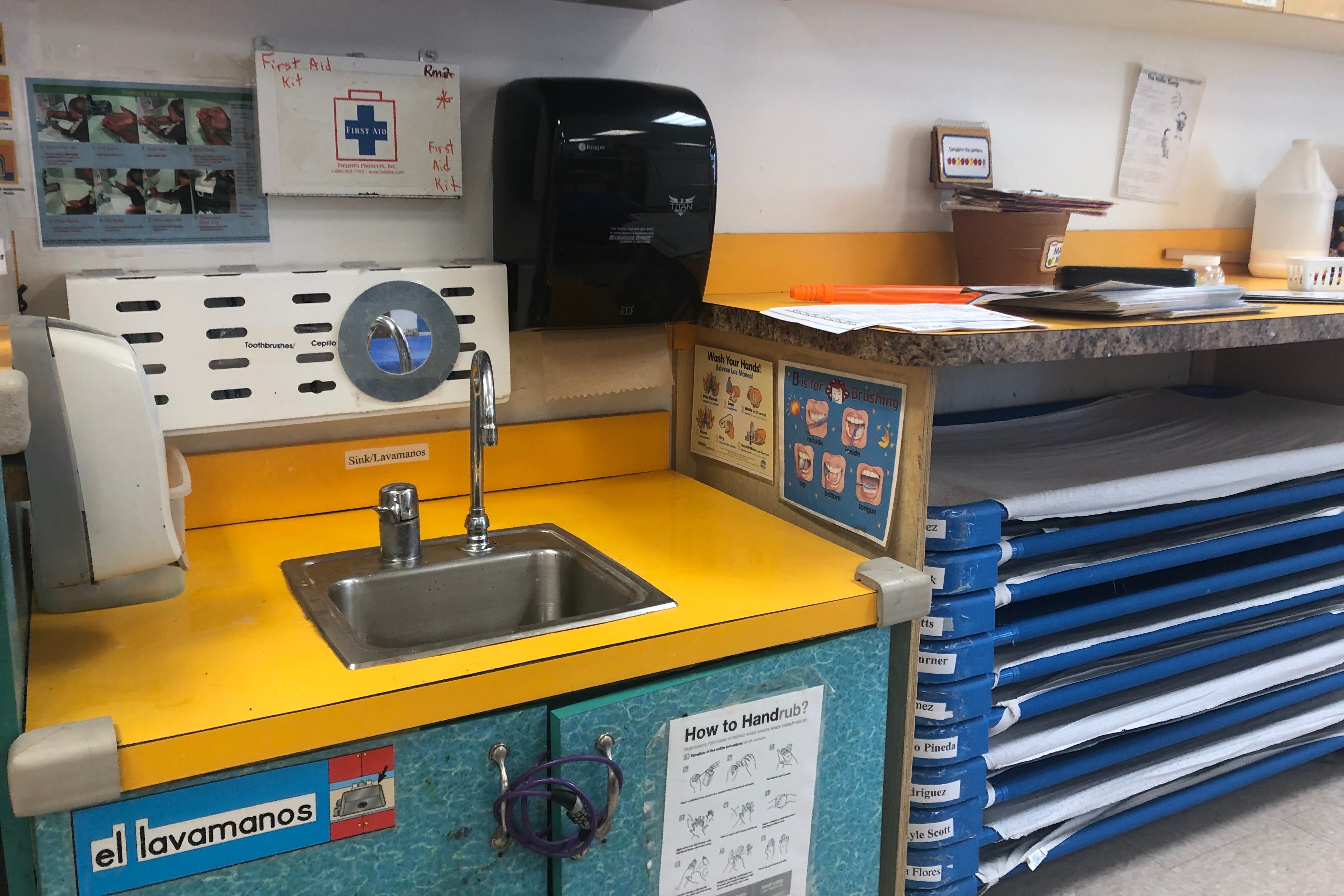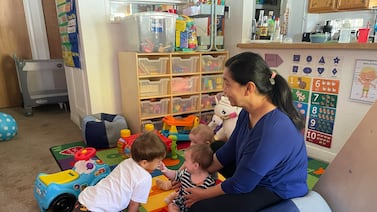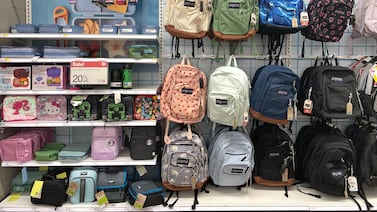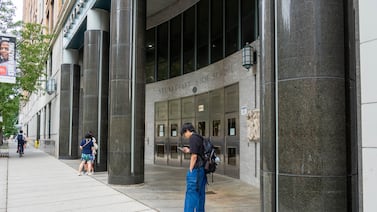Student attendance dipped in Chicago’s public schools this fall, especially for Black students and those with special needs.
Black and Latino students also saw a more marked uptick in failing grades than their peers amid a districtwide increase in both Fs and As.
Chicago district officials presented attendance and grading data to their school board Wednesday — and argued that widening academic disparities are a key reason to push for reopening school buildings in early 2021 despite rising coronavirus infections in the city. Chicago’s rolling seven-day positivity rate is nearly 16%.
The district announced a plan Tuesday to bring back preschool and some special education students for full-time in-person learning Jan. 11. That would be followed by a tentative Feb. 1 return for students in elementary and middle school, who would receive a blend of in-person and online instruction. The plan hinges on a turnaround in the recent sharp spike in coronavirus cases and the district’s ability to enlist enough educators to work in person; about 42% of pre-kindergarten and special education cluster program teachers reported in October that they are willing to return without accommodations.
“We continue to struggle with the issue of equity,” said Chicago’s chief education officer LaTanya McDade. “Our African American, Latinx and students in priority groups have not been served well enough by remote learning to experience success.”
She said that while there’s still room for improvement in how the district delivers remote instruction, the only way to fully address these disparities is to return to the classroom.
That argument seemed to resonate with some school board members, who largely appeared supportive of the district’s efforts to bring students back for in-person instruction. But during its regular monthly meeting, the board also heard sharp criticism of the latest plan from elected officials, a parent advocacy group, and the Chicago Teachers Union. The union has remained staunchly opposed to reopening school buildings, and its leaders took fresh aim at the district’s equity argument on social media after the meeting.
They criticized the district for failing to negotiate with teachers or get families’ input about reopening plans. The union also bashed officials for not heeding an arbitrator’s ruling to allow clerks and other staff members to work primarily from home. The district now says clerks will work in-person three days a week.
Troy LaRaviere, the head of the Chicago Principals and Administrators Association, had especially sharp words for the district, arguing Chicago is dooming its reopening plans to repeated failure by not securing input and buy-in from families, teachers, and school leaders.
“It’s as if you’re purposely trying to create a plan with the least likelihood of success,” he said.
In that sense, Wednesday’s meeting offered something of a deja vu after last month’s meeting — before specific return dates were announced — with criticism during public comment and a largely supportive board.
McDade told the board that first quarter attendance stood at just more than 91%, about 3 percentage points below the same period last year. But Black students and those with special needs saw a roughly 5 percentage-point drop, and attendance for those in temporary living situations was down more than 7%. Attendance was up slightly for white and Asian students.
Attendance decreased across grades, with more marked decreases at the high school level.
Across the board, the district also saw an increase in both As and Fs. But as with attendance, the trend was toward widening already existing gaps between Black and Latino students and their peers.
Take elementary math: The portion of Black students who got failing grades increased by almost 5 percentage points, to just more than 7%. For white students, it inched up by less than a percentage point, remaining below 3%.
On the flip side, Black students saw a very slight increase in As, to 24%, while for white peers that portion jumped 12 percentage points, to 60%.
McDade pointed to those numbers and earlier data on a sharp drop in pre-kindergarten enrollment to once again make a case that the district has a moral imperative to do something.
“Research tells us that if we do not act with urgency, we will be in danger of losing an entire generation of students,” she said.
Board members said the data was troubling.
“We have a responsibility to try our best efforts to do something about it,” said board member Lucino Sotelo.
District officials shared the numbers as part of a broader presentation on their reopening plans.
They again pointed to schools that have stayed open in the city, elsewhere in the country, and in Europe, and public health data suggesting that open school sites have so far operated with relatively limited virus transmission.
They shared some new details about a plan to randomly test employees for COVID-19: The city will provide the district with 30,000 rapid tests, for employees interacting directly with students who are not showing symptoms of the illness. If employees test positive, they will quarantine and officials will trace their contacts with members of school communities.
School board members also asked about a new metric that officials now say they will consider as they weigh whether schools can safely reopen. While it had earlier cited daily case counts and rolling positivity rates, the district now says it will examine “case doubling time” — the number of days it takes newly diagnosed cases to double.
Dr. Marielle Fricchione, with the Chicago Department of Public Health, said this measure of how well the city is flattening the curve appears to be a better litmus test of whether schools can reopen without significant disruption. She stressed that if the city is at the current case doubling time of 12 days in January, the district will put its reopening plans on hold until that metric hits 18 days.
District leaders spoke of a “collective responsibility” to take steps to curb the surge of coronavirus cases so schools can reopen. The district’s chief executive officer Janice Jackson pleaded with residents to heed the city’s stay-at-home advisory.
“We cannot at this time let our guard down,” she said.






